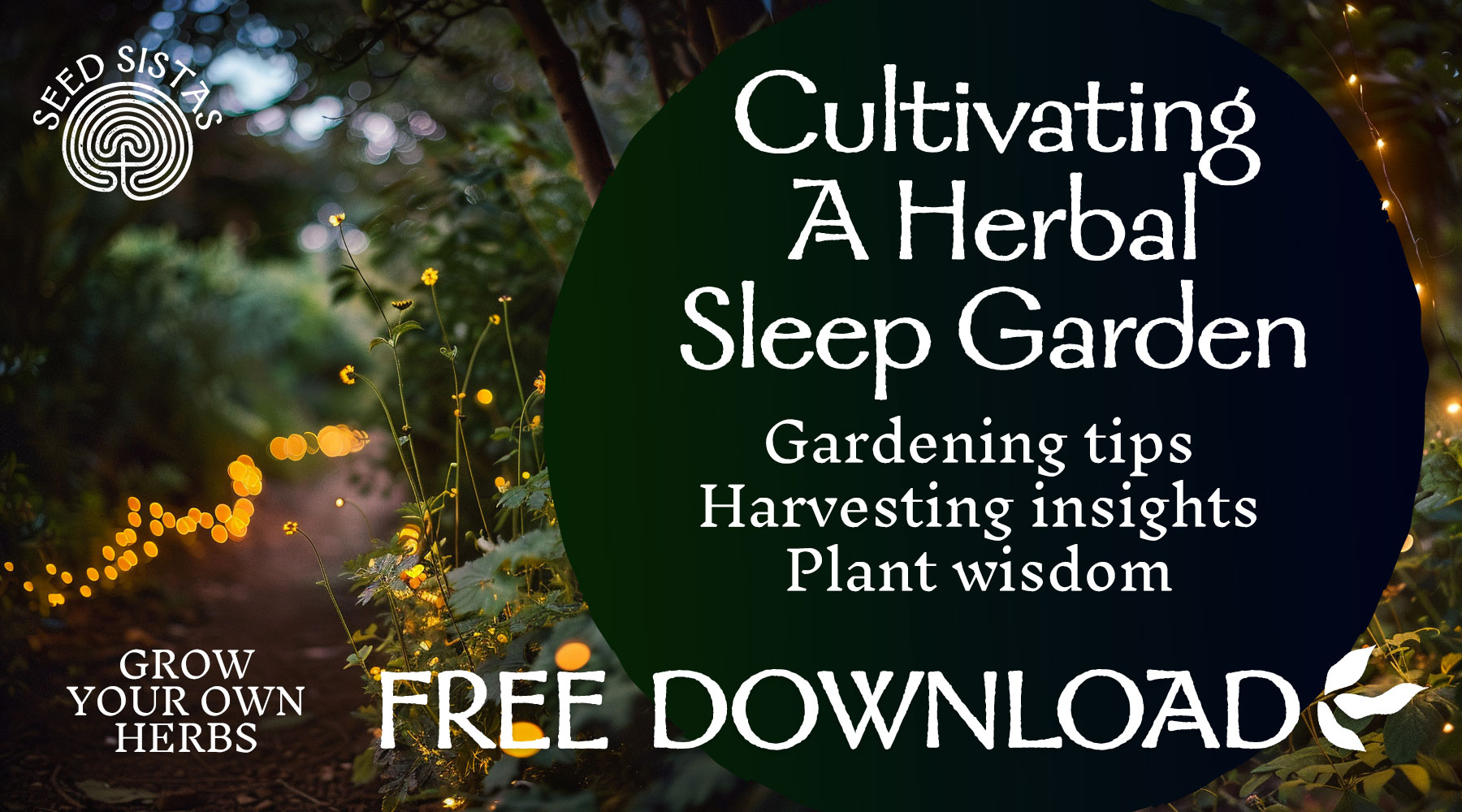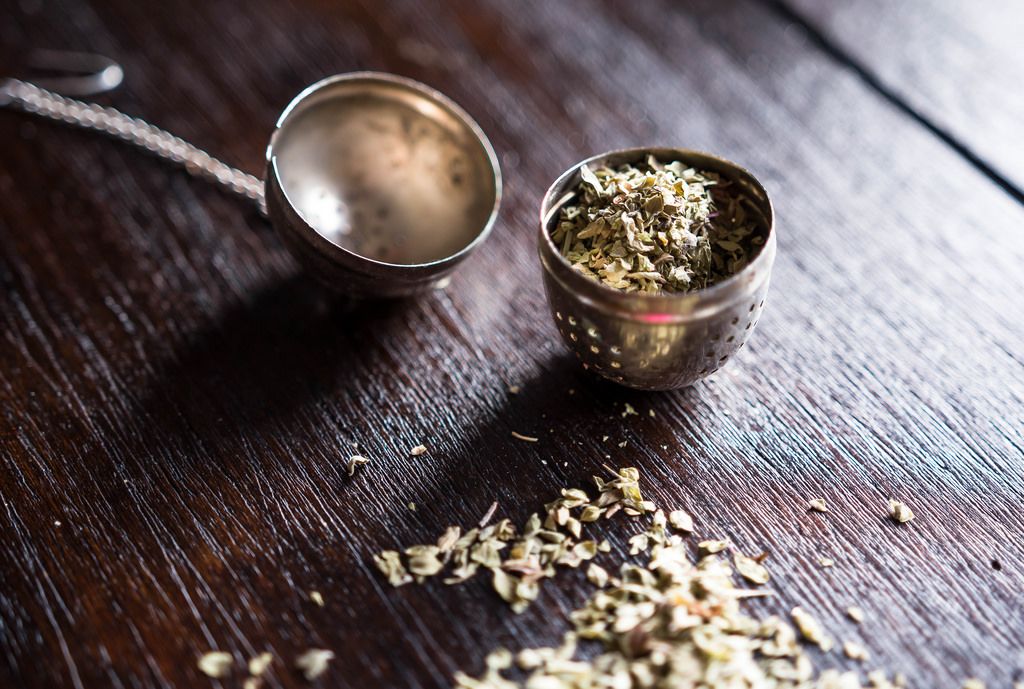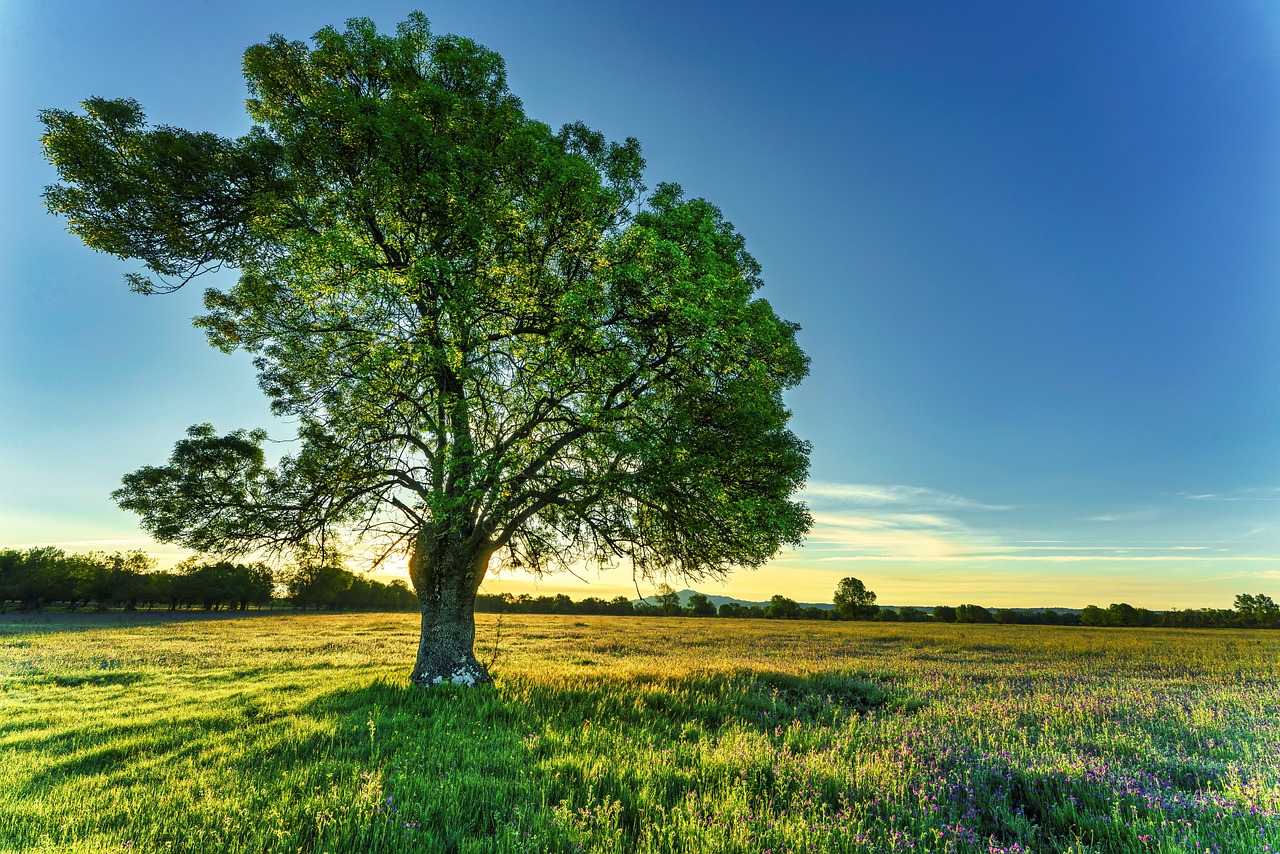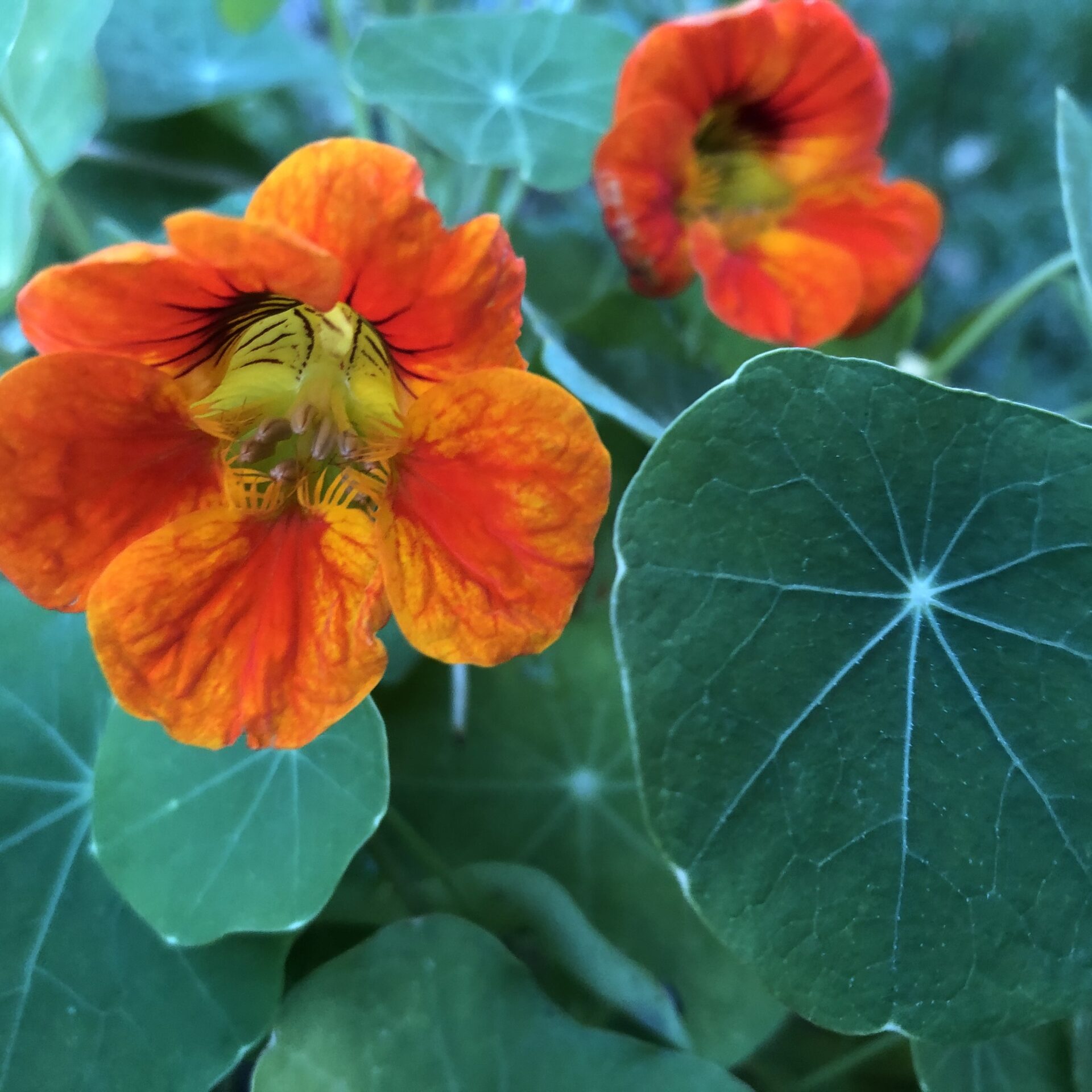History of Herb Gardens
The roots of the herbal garden run deep. Dating back to Prehistoric times, our ancestors intuitively recognised the wisdom of herbs. The shift from foraging for wild edibles by hunter/gather cultures to harvesting crops agriculturally, eventually transitioned to the cultivation of herbs into more formal gardens. Herbs have long been part of our heritage for food, teas, dyes, fragrance, fibres and even currency, but predominantly for medicine and herbal remedies. Therefore, it’s no surprise that the history of herb gardens has evolved as our knowledge, magick and use of plants has been passed down through the centuries.
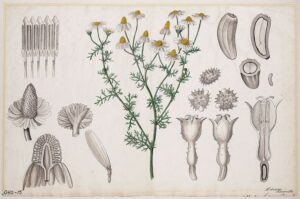 Unlike many modern herb gardens, the design of its older equivalent was based upon the plants that grow within them, rather than their ornamental or textual organisation. As a result, they chose function over aesthetics. The garden was primarily where you grew most of your food supply, along with cultivating herbs for curing diseases and aiding health.
Unlike many modern herb gardens, the design of its older equivalent was based upon the plants that grow within them, rather than their ornamental or textual organisation. As a result, they chose function over aesthetics. The garden was primarily where you grew most of your food supply, along with cultivating herbs for curing diseases and aiding health.
As long as there have been settlements of people, there will have been cultivation of medicines in the form of gardens. From the local healer’s medicine patches or community medicine gardens to the development of formal monastic, royal and university botanical gardens. Here, we weave through some the global influences herbs and history have on how we practice herbs today.
Historical Herb Highlights
Human fascination with plants dates back to antiquity. People have always LOVED plants. All over the world, people wrote and verified our herbal heritage for centuries. Different cultures, from Ancient Egypt and Greek, Africa, China, Japan and India to the Aztecs and Mayans, Native Americans and Europeans, have all shared their knowledge and plantlore. This makes us feel super grateful as their long-reaching effects are still felt with us today. We have so many wonderful old texts to refer to and learn more about our plant family. As centuries evolved, herbal traditions and heritage passed through Paganism, religions, astrology, botany, alchemy, science and magick. And all of these transfers into the huge global herb heritage that we belong to.
herbal heritage for centuries. Different cultures, from Ancient Egypt and Greek, Africa, China, Japan and India to the Aztecs and Mayans, Native Americans and Europeans, have all shared their knowledge and plantlore. This makes us feel super grateful as their long-reaching effects are still felt with us today. We have so many wonderful old texts to refer to and learn more about our plant family. As centuries evolved, herbal traditions and heritage passed through Paganism, religions, astrology, botany, alchemy, science and magick. And all of these transfers into the huge global herb heritage that we belong to.
Some of the first early written records of using medicinal plants were on clay tablets by the Sumerians of Ancient Mesopotamia over 5000 years ago. In addition, papyruses referencing plants were documented by the Egyptians from 2000 to 100 BCE, linking them to the Hanging Gardens of Babylon. The Egyptians went on to document over 850 herbal medicines over the course of 28th Century B.C. and they believed that the gods liked gardens which is why they had temples inside them. Water features were also integrated into gardens. These included, Egyptian ponds, fountains in Persian gardening and irrigated canals in the gardens of Ancient Iraq.
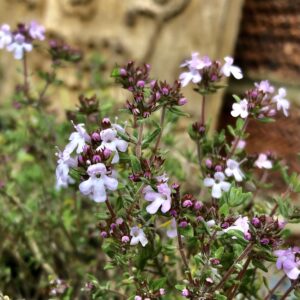 Frequent references to the tastes, smells and medicinal benefits to herbs and spices were also recorded in the Bible and the Herbal and natural remedies for illness were commonly used by the ancient Greeks and Romans. Greek merchants, for example, were trading sage, thyme and marjoram in the Athens’ markets. Similarly, Arabic spice traders and their healing techniques were brought to Europe.
Frequent references to the tastes, smells and medicinal benefits to herbs and spices were also recorded in the Bible and the Herbal and natural remedies for illness were commonly used by the ancient Greeks and Romans. Greek merchants, for example, were trading sage, thyme and marjoram in the Athens’ markets. Similarly, Arabic spice traders and their healing techniques were brought to Europe.
Herbalists, apothecaries, healers, alchemists, shamans, wise women and witches cultivated plants for their healing properties long before we started to document them. Through oral history, intuition and teachings, each generation has woven a history of herbs that we continue to learn and create in our own gardens today. Walking the ancient herbal pathways of our ancestors and following seasons or moon’s phases, ensures we can thrive alongside the herbs that grow all around us. It also means we can freely make the choice to use and reference herbs over conventional medicine in today’s modern world.
Medieval herb gardens
Many of the Medieval herb gardens were designed and grown at Benedictine Monasteries. The monk’s herbal knowledge stemmed from their translation of ancient Greco-Roman and Arabic texts about herbs. They were well versed in the strictures for gathering herbs during particular seasons and the moon’s phrases. While taking care of the sick, the monks established utilitarian gardens. These were enclosed by courtyards or within the cloisters of the monastery. In these first representations of a formal garden, they would grow vegetables, flowers and extensive herbal gardens, which they also used for their teachings.
Plants grown in their ‘physic’ gardens were typically brought from the Mediterranean. These included a wide range of herbs: sage, rosemary, 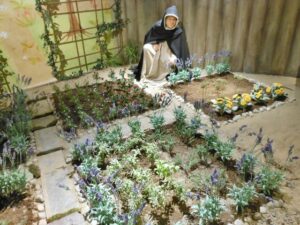 tarragon, lavender, garlic, chives, basil and winter savory. Shrubby herbs such as Sweet Bay (Laurus nobilis) and Sweet Myrtle (Myrtus communis) were all firm favourites in their gardens too.
tarragon, lavender, garlic, chives, basil and winter savory. Shrubby herbs such as Sweet Bay (Laurus nobilis) and Sweet Myrtle (Myrtus communis) were all firm favourites in their gardens too.
Larger houses, manors and castles during this era also had herb gardens (usually tended by women). The garden itself would have included both medicinal and edible herbs. To fail at producing a good harvest could literally mean the difference between life and death as medicine chests were frequently used for colds, fevers and other ailments. Their role was to grow herbs and plants during the summer months, harvest and then store them for the winter.
What we now consider to be ornamental plants had more practical uses during this time. For example, Dianthus or “pinks” were grown for culinary uses and were added fresh to flavour summer dishes. Believed to promote good health during Medieval times, today they’re more grown for their ornamental beauty.
Renaissance Herb Gardens
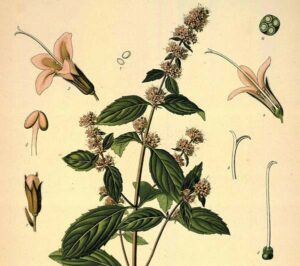 Transitioning from the medical value of herbs during the Middle Ages, the Renaissance slowly gave rise to medicine, botany and horticulture. That’s to say that their gardens were organised according to university faculties of medicine, scientific theories or horticultural rarities.
Transitioning from the medical value of herbs during the Middle Ages, the Renaissance slowly gave rise to medicine, botany and horticulture. That’s to say that their gardens were organised according to university faculties of medicine, scientific theories or horticultural rarities.
Gardens continued to be geometrically designed and remained true to design initiated by the gardens from the Middle Ages. This included a variety of enclosures, especially when it comes to protecting the kitchen garden from prying rabbits or deer!
They did however, design more complex patterns, such as that of the decorative knot garden. This layout is where squares or rectangles were organised to create interlacing patterns with singular herbs and aromatic plants planted specifically to the design. Boxed plants included lavender, rosemary and hyssop which were clipped to maintain the design. In addition to vegetables, herbs grown included including germander, marjoram, thyme, southernwood, lemon balm, hyssop, costmary, acanthus, mallow, chamomile, rosemary, calendula, viola and santolina. The knot garden style is still popular in some of today’s garden designs.
Colonial Herb Gardens
As plants made their ways across different waters, the colonial herb garden was inspired by bringing the Old World into the New. Although still beautiful (for colonialists to enjoy and servants to tend to them), these gardens were designed with practicality in mind, rather than aesthetics. Divided by straight paths with square or raised beds, herbs gardens (also referred to as kitchen gardens) were located close to the home and often used fences to mark the different spaces.
Planted herbs mingled with fruits and vegetables. Their beds were planted with culinary, aromatic (usually grown separately) and medicinal herbs. Some of the common colonial garden herbs ranged from borage, anise, dill and wormwood. However, settlers also often used plants, such as blackberries, chokecherries, snapdragon, goldenrod and sunflowers, for natural fabric dye. Needless to say, these elaborate gardens reflected wealthy landowners compared to the working poor’s small garden patches.
 Herb and spice merchants traded for centuries. However, the expansion of colonialism across continents meant that cultures and plants influenced how not just garden knowledge developed, but also economies. For instance, European colonists who settled North America in the 1600’s and 1700s capitalised on the therapeutic knowledge of Indigenous peoples. Meanwhile, Spain and Portugal fought over cloves, and England and the Dutch battled over nutmeg in Indonesia. In the name of science, colonial botanists rampaged through countries to find, smuggle and trade in profitable plants.
Herb and spice merchants traded for centuries. However, the expansion of colonialism across continents meant that cultures and plants influenced how not just garden knowledge developed, but also economies. For instance, European colonists who settled North America in the 1600’s and 1700s capitalised on the therapeutic knowledge of Indigenous peoples. Meanwhile, Spain and Portugal fought over cloves, and England and the Dutch battled over nutmeg in Indonesia. In the name of science, colonial botanists rampaged through countries to find, smuggle and trade in profitable plants.
The colonial expansion of European powers brought about a shift to the creation of botanical gardens from the late 18th century. The function of growing crops in these gardens was centred around commercialisation and organised by trading companies; specifically, The East India Company. From Africa to Asia, spices – cinnamon, pepper, clove, nutmeg and mace, in particular – were traded in order to enrich colonial economics and interests.
Reflections on colonial gardens in our modern world
The stealing, trading and economy of botany was fundamental in the colonial era as a way to exploit the world’s plants and indigenous cultures. No better example of this is foundations of the Royal Botanical Gardens at Kew. It’s history rooted in which the collections and documentation of the past was darkly intertwined with increasing Britain’s prosperity through their links with colonialism and racism.
However, while we can’t change history, we can learn from it. And to use Kew as a further example, their approach, spurred on by the movements such as Black Lives Matter, aim to break from the structural racism in plant and fungal science. By changing the story of an uncomfortable, imperial history and towards decolonisation, Kew’s focus now is on global collaborations. This is a huge contrast from the brutal exploitations of the past. Since 2019, their ‘new science strategy is an opportunity to ensure our research is framed in the context of equality, diversity and inclusion.’ Policies that all businesses, organisations and initiatives, whether they have a shady past or not, should be committing to.
movements such as Black Lives Matter, aim to break from the structural racism in plant and fungal science. By changing the story of an uncomfortable, imperial history and towards decolonisation, Kew’s focus now is on global collaborations. This is a huge contrast from the brutal exploitations of the past. Since 2019, their ‘new science strategy is an opportunity to ensure our research is framed in the context of equality, diversity and inclusion.’ Policies that all businesses, organisations and initiatives, whether they have a shady past or not, should be committing to.
 Similar parallels can be referenced to Kirstenbosch, one of the earliest South African botanical gardens. Developed on land shaped by Indigenous tribes for centuries in 1913, it didn’t do much to address colonial and apartheid legacies. Fast forward to 1997, and the first medicine (muthi) gardens at KwaZulu Natal National Botanical Garden in Pietermaritzburg was established. The initial idea aimed to display the country’s biological wealth while growing positive relationships with plant practitioners and traditional healers. The concept give rise to the Useful Plants Garden, an initiative that expanded into all the South African National Botanical Gardens. The plant designs are based on African and Indigenous uses of plants. Equally important, they’re complemented by labels which include names in English, Afrikaans and African languages along with their Latin counterparts.
Similar parallels can be referenced to Kirstenbosch, one of the earliest South African botanical gardens. Developed on land shaped by Indigenous tribes for centuries in 1913, it didn’t do much to address colonial and apartheid legacies. Fast forward to 1997, and the first medicine (muthi) gardens at KwaZulu Natal National Botanical Garden in Pietermaritzburg was established. The initial idea aimed to display the country’s biological wealth while growing positive relationships with plant practitioners and traditional healers. The concept give rise to the Useful Plants Garden, an initiative that expanded into all the South African National Botanical Gardens. The plant designs are based on African and Indigenous uses of plants. Equally important, they’re complemented by labels which include names in English, Afrikaans and African languages along with their Latin counterparts.
The Final Word
Without access to herbs and knowledge about plant medicine and how to cultivate herbal medicine, people become entirely dependent on the state, medical insurance or various institutions for pharmaceutical based medicine.
state, medical insurance or various institutions for pharmaceutical based medicine.
If the supply chain breaks, there suddenly becomes no access to medicines. Since Brexit, we have seen in the UK that medical supply chains are completely tied up in political trade and commerce.
Re-learning the oldest form of medicine is of paramount importance for populations across the globe. To grow food and medicine in communities for local people is imperative as this re-connection ensues awareness of the ecological implications of plant medicines come to the fore.
The most important thing to learn from the history of herb gardens is to keep on growing herbs and plants so that we create our own place in a long tradition and pave the way for a better future.
Want to learn more about how to grow your own herbal medicine?
Our Plant Lab webinar focuses on what herbs you can grow that hold magical and medicinal powers to aid certain ailments or problems. Fresh, organic and plucked straight from the soil, these potent wonders can be a fantastic alternative to multivitamins and prescription medicine.



